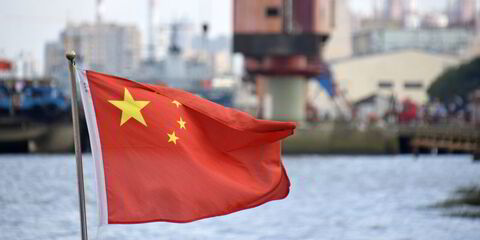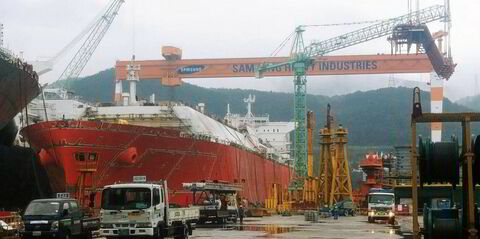John Fredriksen-controlled Flex LNG has posted a profit in the fourth quarter from its two chartered-in vessels, but has now started taking delivery of its own fleet.
The Oslo-listed company said net earnings to 31 December were $1.26m against $0.16m in 2016, when it did not have ships.
Analysts say the results were stronger than expected with net profit of $1.3m edging ahead of the $500,000 loss expected in the market.
This is due to contracted rates coming in ahead of forecasts, DNB Markets said.
During the quarter, it operated two chartered-in LNG carriers in order to build a market presence and operational track record, it said.
In January it took delivery of its first two newbuildings from DSME.
One is on charter for up to 18 months to Uniper Global Commodities of Germany, with the other trading spot.
Two ships from Samsung are also due this year.
CEO Jonathan Cook said the company was pleased to deliver a profit.
He added its strategy is to "secure balanced fleet employment as the market continues to improve due to expected tighter supply/demand dynamics in the LNGC market."
Growth opportunities explored
Flex continues to "take a proactive approach and explore further accretive transactions," it said.
"It is constantly evaluating opportunities in the charter, newbuild and secondhand market and has significant financial flexibility to pursue transformational deals due to the continued support of its largest shareholder to pursue these deals."
Flex is also continuing to actively pursue opportunities in the FSRU sector, although nothing will be committed to on a speculative basis, it said.
"Projects will only be pursued where there is a tangible long-term contract with bankable counterparties and project structures," it added.
It said the LNG shipping market continued to tighten throughout the fourth quarter.
"Seasonality and its winter peak once again brought a welcome boost in demand for LNG shipping," it added.
"The arbitrage window between European and Asian LNG prices stayed open and increased demand for spot vessels loading out of European ports – so called re-loads."





